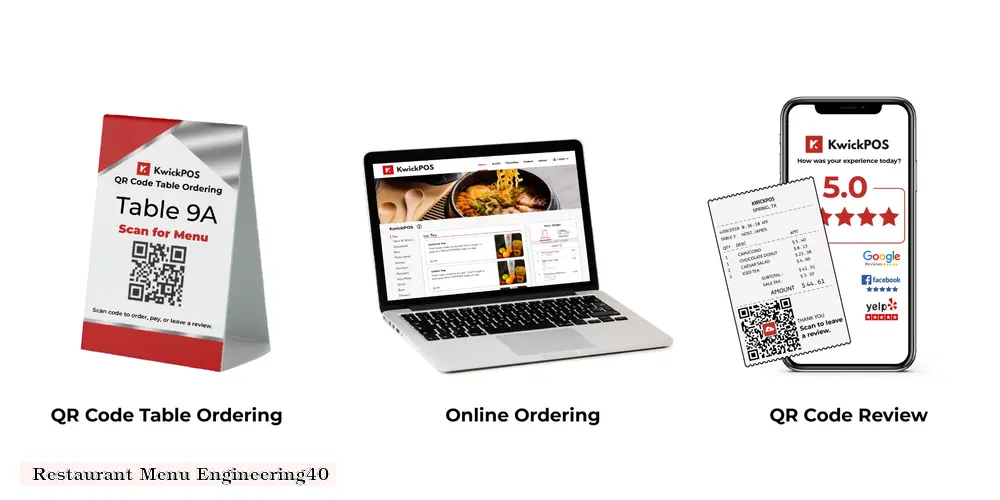

In the realm of restaurant business, menu engineering is not just a science, it's a culinary symphony that orchestrates the perfect dining experience. It's the art of transforming a mere list of dishes into a tantalizing masterpiece that dances on the taste buds and leaves diners craving for more.
The Menu as a Canvas
Imagine the menu as a blank canvas, where the chef's brushstrokes paint a vibrant tapestry of flavors. Each dish is a carefully crafted composition, designed to evoke emotions and create lasting memories.
The Starters: A Prelude to Delight
Starters are the amuse-bouches of the menu, tantalizing morsels that whet the appetite and set the stage for the main event. They're like the opening act of a symphony, capturing attention and building anticipation.
The Entrees: The Heart of the Symphony
Entrees are the stars of the show, the main attraction that diners eagerly await. They're the culinary equivalent of a grand opera, showcasing the chef's artistry and technical prowess. From succulent steaks to delicate seafood, each entree is a masterpiece in its own right.
The Sides: The Supporting Cast
Sides are the unsung heroes of the menu, the supporting cast that elevates the entrees to new heights. They're like the chorus in a choir, providing harmony and balance to the overall composition.
The Desserts: A Sweet Finale
Desserts are the grand finale of the dining experience, the sweet symphony that leaves diners with a lingering taste of satisfaction. They're the culinary equivalent of a standing ovation, a testament to the chef's creativity and the diner's delight.
The Science Behind the Magic
Menu engineering is not just about creating a delicious menu; it's also about maximizing profitability. Chefs and restaurateurs use a variety of techniques to ensure that their menus are both tantalizing and financially viable.
The Profitability Matrix
The profitability matrix is a tool that helps chefs identify which dishes are the most profitable and which ones need a little more love. It's like a culinary spreadsheet, where dishes are ranked based on their popularity and cost.
The 80/20 Rule
The 80/20 rule states that 80% of a restaurant's profits come from 20% of its menu items. Chefs use this rule to focus on creating and promoting the dishes that are most likely to generate revenue.
The Psychology of Menu Design
Menu design is not just about aesthetics; it's also about psychology. Chefs use eye-catching fonts, vibrant colors, and strategic placement to guide diners' choices and increase sales.
The Art of Suggestion
Suggestive selling is a subtle art that can significantly boost profits. Chefs use suggestive language and descriptions to entice diners to order more expensive or profitable dishes.
Conclusion
Restaurant menu engineering is a complex and fascinating field that combines culinary artistry with business acumen. It's the secret ingredient that transforms a simple menu into a symphony of flavors and a profitable venture. So next time you dine out, take a moment to appreciate the culinary alchemy that went into creating the menu. It's a masterpiece that deserves to be savored, both on the plate and in the memory.
DISCLAIMER: This information is provided for general informational purposes only, and publication does not constitute an endorsement. Kwick365 does not warrant the accuracy or completeness of any information, text, graphics, links, or other items contained within this content. Kwick365 does not guarantee you will achieve any specific results if you follow any advice herein. It may be advisable for you to consult with a professional such as a lawyer, accountant, or business advisor for advice specific to your situation.
today
Copyright © 2025 Kwick365.com
Designed by KwickPOS is the best restaurant POS